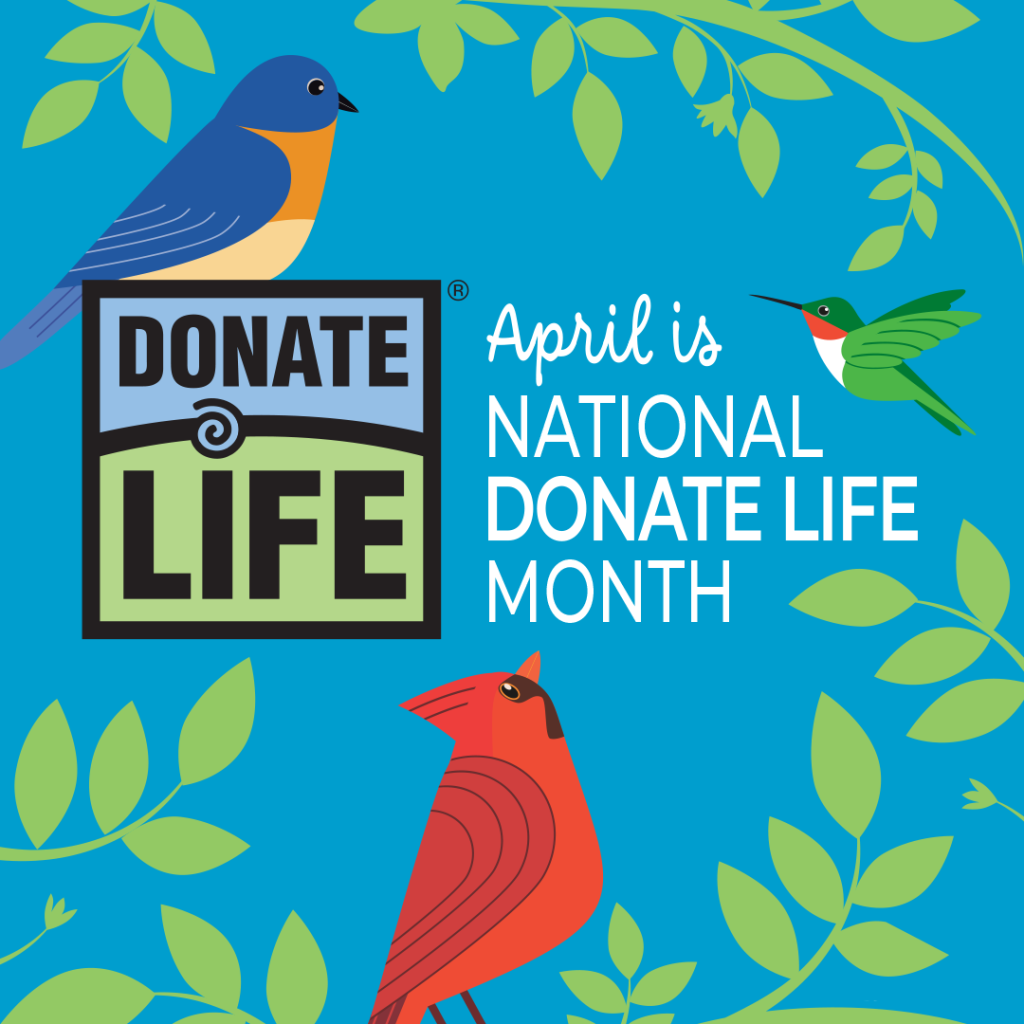April is a time for renewal, and what better way to celebrate life than by recognizing the profound impact of organ, eye and tissue donation?
National Donate Life Month (NDLM), established in 2003, shines a light on the critical need for donors and honors those who have given the gift of life.
Currently, there are more than 100,000 individuals on the national organ transplant waiting list, hoping for a second chance. This month, we’re encouraged to learn more about donation and to consider making our choices known by registering as a donor.
Understanding Donation and Transplantation
Many people have questions about the donation process. Here are some key facts:
- Who can be a donor? Anyone can register, regardless of age or medical history. Medical suitability is assessed at the time of death.
- Does registration affect patient care? Doctors prioritize saving lives. Donation is discussed only once a patient is declared clinically and/or legally deceased.
- Is there a cost to the donor’s family? The donor’s family is not responsible for donation costs.
- Does social or financial status impact organ allocation? Organs are allocated based on medical factors like blood type, body size and medical urgency.
- Why register? Registering your decision:
- Provides clarity for your family during a difficult time.
- Can save up to eight lives through organ donation, restore sight and heal dozens through tissue donation.
- Serves as a powerful symbol of hope for those waiting.

Living Donation
Living donation offers an alternative for some transplant candidates, potentially reducing wait times and improving outcomes. Additionally, living tissue donation, such as birth tissue, aids in healing and treating wounds.
Taking the Next Step
If you’re interested in learning more or registering as an organ, eye and tissue donor, visit cdtnyvt.org. Your decision can make a life-changing difference.

